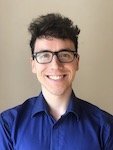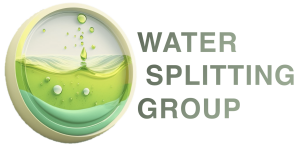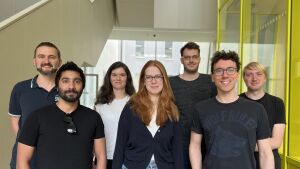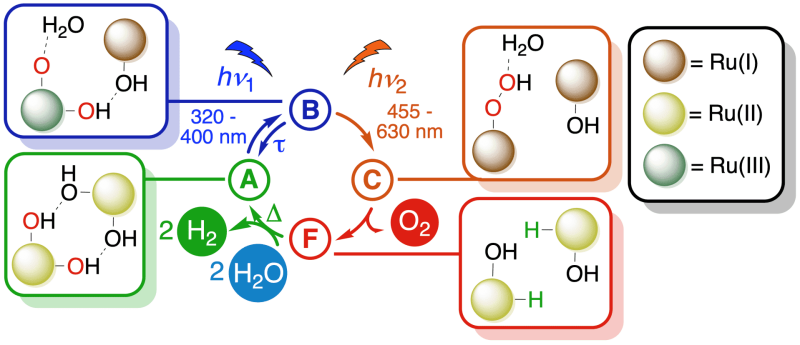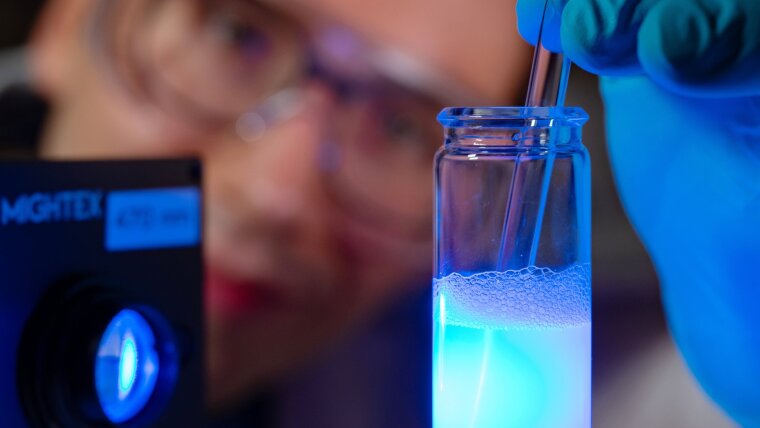
Dr. Jacob SCHNEIDEWIND
Image: Jacob SchneidewindLogo of Water Splitting Group
Image: Jacob SchneidewindJacob Schneidewind leads the independent research group “Water Splitting” at the Institute for Organic Chemistry and Macromolecular Chemistry as well as the Center for Energy and Environmental Chemistry Jena (CEEC Jena). The research group is part of the BMBF funding measure “SINATRA”, focusing on artificial photosynthesis and green hydrogen production as well as part of the SFB/TRR 234 CATALIGHT.
Research areas
Dr. Schneidewind’s research is focused on the development of applicable photocatalysts for the production of green hydrogen directly from sunlight and water. To this end, the research in the group focusses on the following areas:
- Mechanistic studies of novel pathways for light-driven water splitting
- Synthesis, characterization and testing of photocatalysts based on homogeneous metal complexes as well as semiconductors
- Techno-economic and life-cycle assessment studies of light-driven hydrogen production
Teaching fields
Dr. Schneidewind is actively engaged in the education of the next generation of scientists, including classes in:
- Inorganic chemistry, including photochemistry and spectroscopy
- Organometallic chemistry and catalysis, including electro-, bio- and photocatalysis
Research Methods
Water Splitting Group at CEEC Jena
Image: Jacob SchneidewindThe group of Dr. Schneidewind employs a variety of synthetic, kinetic and computational methods for the understanding and development of photocatalysts:
- Synthesis of molecular metal complexes using inert gas techniques
- Preparation of carbon nitride and conjugated polymer materials through (thermal) polymerization
- Photocatalytic testing with varied irradiation parameters
- Kinetic investigations based on in situ detection of hydrogen and oxygen
- Computational chemistry methods (TD-DFT, CASSCF) to elucidate reaction mechanisms
- Algorithm and software development for techno-economic and life-cycle assessment
Recent Research Results
The group has recently discovered a novel mechanism for light-driven water splitting which proceeds via the sequential absorption of two photons with different wavelengths [1]. Furthermore, a recent techno-economic study has showcased which photocatalyst properties are needed to enable a cost-competitive process for light-driven green hydrogen production [2].
Mechanism of two-photon water splitting
Image: Jacob Schneidewind|
[1] J. Schneidewind, M. A. A. Cordero, H. Junge, S. Lochbrunner, M. Beller, Energy Environ. Sci. 2021, 14, 4427– 4436. |
Link to the Water Splitting Group: https://water-splitting.uni-jena.de
